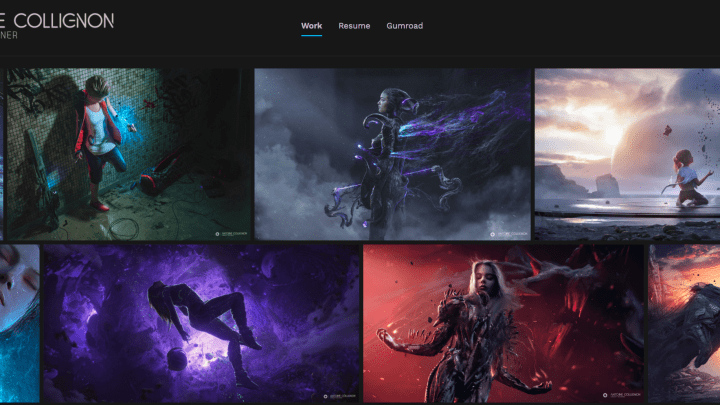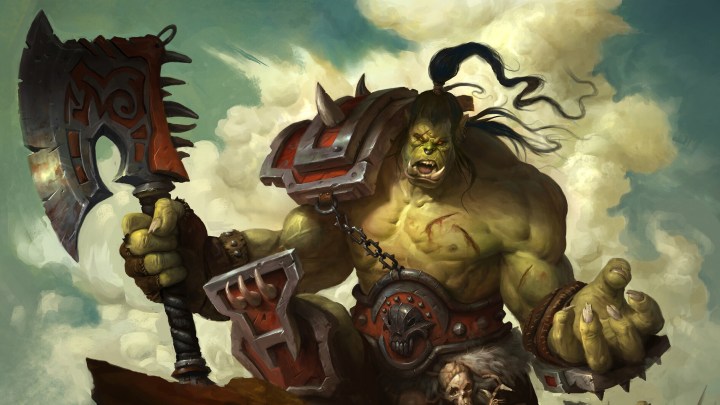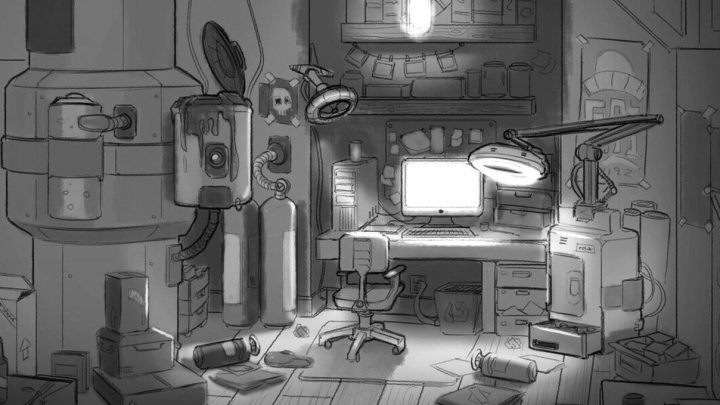Realtime Digital Double with Character Creator and Texturing.xyz
A professional 3D artist shares his experience in creating a digital double with Character Creator and Texturing.xyz, to later inside Unreal Engine.

Sefki Ibrahim is a freelance character artist that specializes in photorealistic digital human works. He is familiar with employing Texturing.xyz material maps, and has been selected as “2019 Artist of the Year” by Texturing.xyz.
In this tutorial, Sefki documents the process for creating a realistic real-time character in Character Creator 3 and its SkinGen tool, employing Texturing.xyz’s multi-channel maps. The software he used includes Character Creator 3, Wrap3, ZBrush, Mari and Maya.
Part 1: Project Overview
In this video, I give a quick overview of the project and what it will entail. From the initial collection of reference images, the project guides you through using the morph sliders in Character Creator, to hair-card creation right through to enhancing the character’s look with Character Creator’s SkinGen tool.
Part 2: Sculpting and Utilizing Multi-Channel Face Maps
This video guides you through my texturing workflow. I start with morph sliders to achieve a base for the likeness and move over to ZBrush to begin sculpting. I then explain how I employ Texturing.xyz’s multi-channel maps using Wrap3, ZBrush and Mari to create a collection of skin texture maps for the character. Followed by applying displacement maps to the model in ZBrush.
This image shows that I join the two models to a Select Point Pairs node with the multi-channel albedo texture connected to the plane geometry.
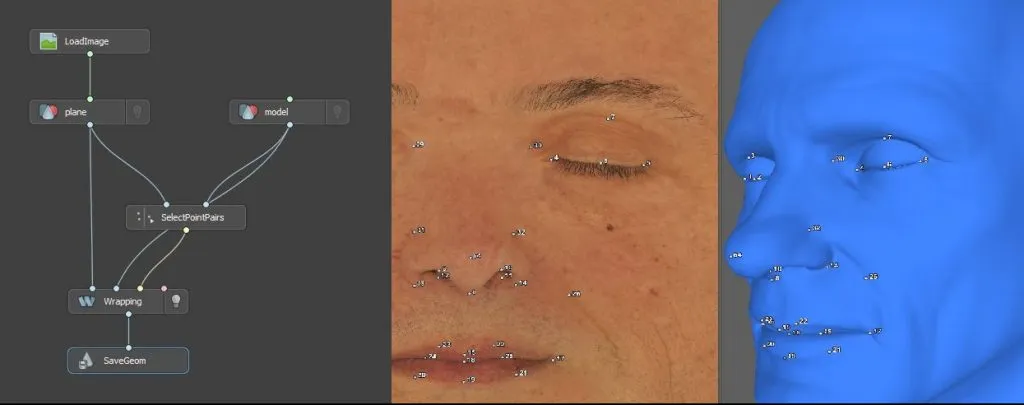
I generate different levels of normal maps, including primary, tertiary and micro. I can use these maps in Character Creator SkinGen for further parameter adjustments.
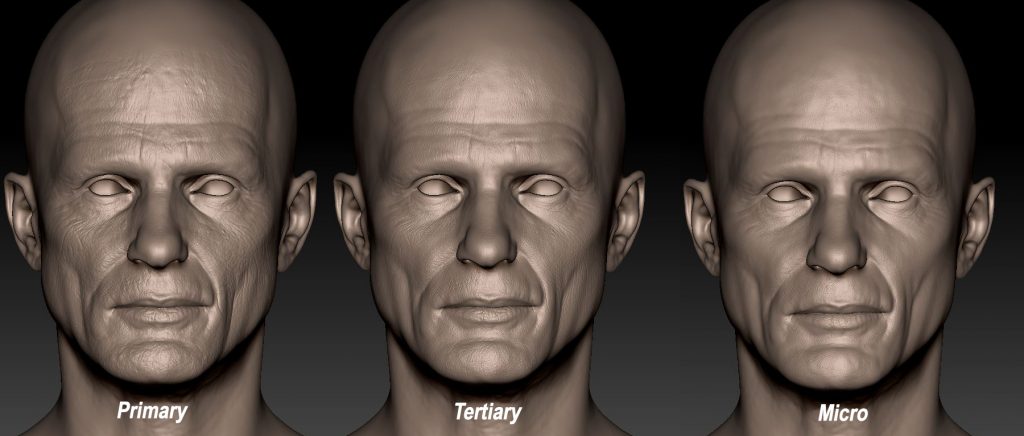
Part 3: Hair Card Generation
I document my very first hair card attempt in this video. From generating the hair textures to individually placing each card on the character’s scalp in Maya. Following this, I then demonstrate how I add the textures to the hair material in Character Creator to achieve a realistic look.
I start with a simple plane in Maya with just one subdivision, then import into ZBrush and further manipulated using the move tool.
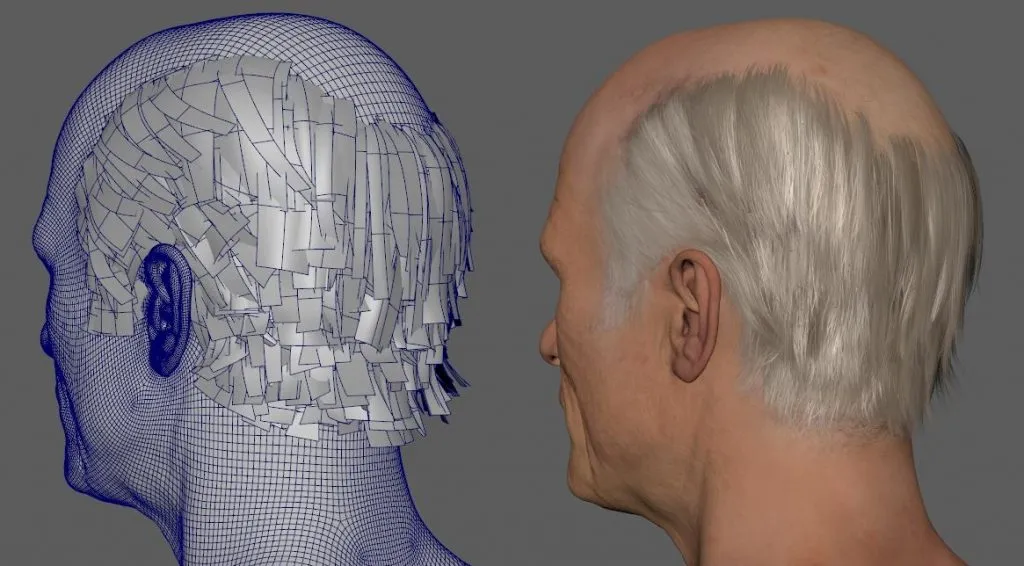
In Character Creator, I import a red colour map into the Tangent channel to display a vertical hair flow. Then, I further play with the roughness strength which represents how the shine of the hair moves correctly.

Part 4: Dynamic Texture Editing with Character Creator SkinGen
This video guides you through building a realistic skin material in Character Creator. I start by connecting the textures from video-2; dialling the values to achieve the look I want. Then over to SkinGen tool to customise the character’s skin. SkinGen’s library offers a vast number of presets that can be drag-and-dropped into the scene: from freckles to normal skin detail to blood spatter and more!
SkinGen is an interactive editor: presets from the content gallery can be dragged and dropped into your scene, and its effects displayed in real-time. Presets range from skin detail to skin blemishes to blood spatter and more.
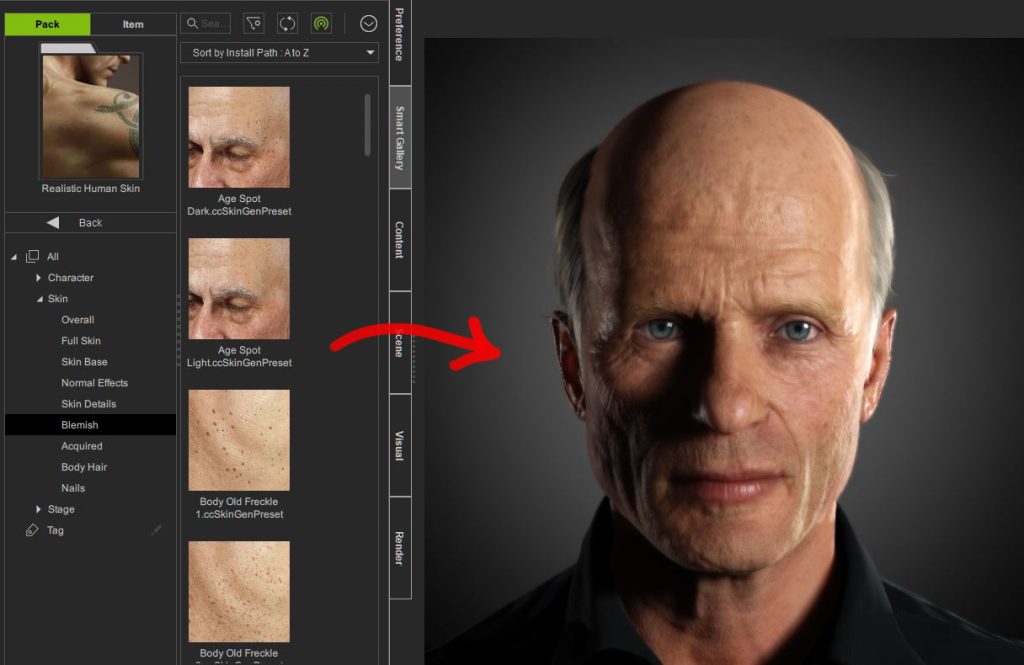
SkinGen Editor lets you freely stack skin and makeup materials, control the blend options between layers, and dynamically change material attributes for color, transformation, and distribution.
I also test the implementation of some of the maps baked out from Character Creator in an offline renderer (Arnold), and the results look great.
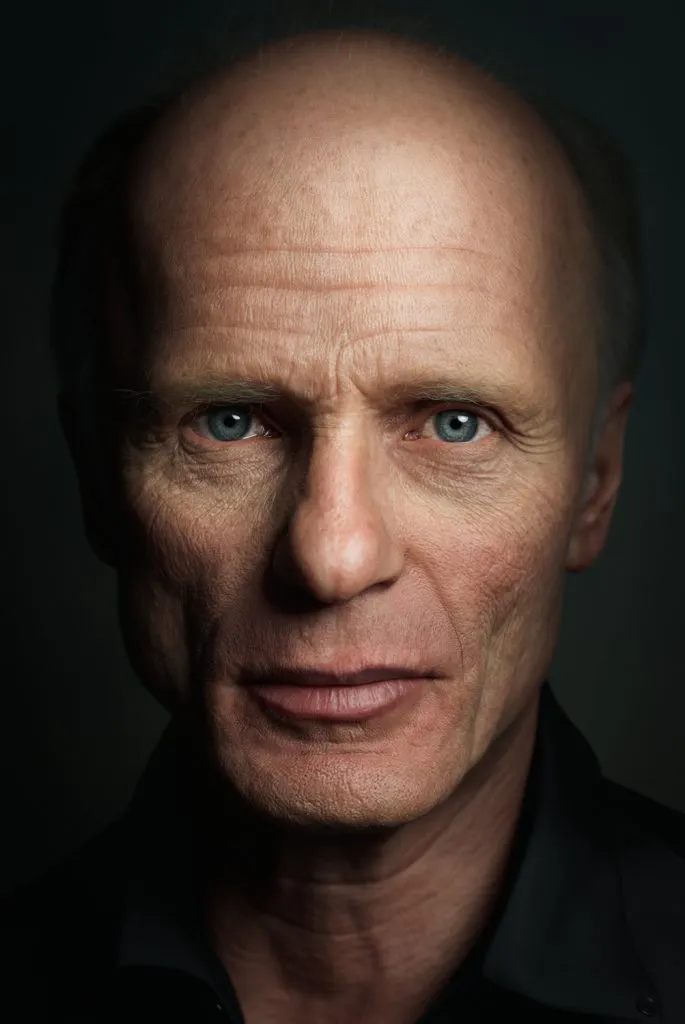
Part 5: Animating in iClone for Unreal Engine
Reallusion offers many tools and plug-ins to animate your character. Starting with facial expression editing in Character Creator, I move to iClone’s Face Puppet tool and the Unreal Engine Live Link. iPhone Facial Motion-Capture using Motion LIVE is next, followed by full-body character animation using Reallusion’s Motion Content Packs.
In iClone, you can animate your character’s face using the Face Puppet tool. First select a suitable facial profile for your character, then select an emotion to start making the character perform the emotion.
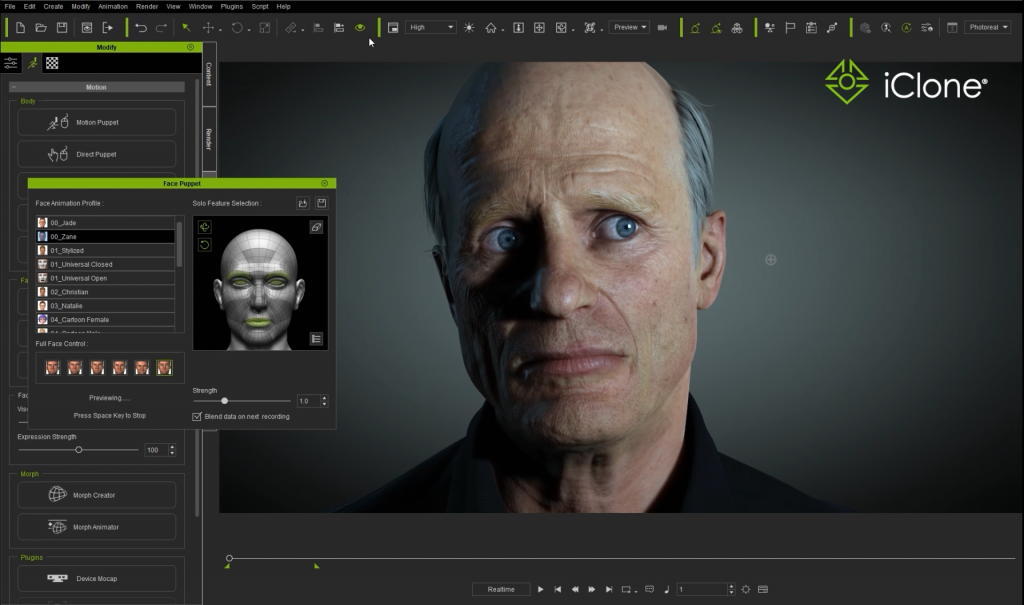
Reallusion offers another great plug-in called Motion LIVE. We can animate the character with body and facial motion-capture devices. This one demonstrated in the video is using the iPhone.
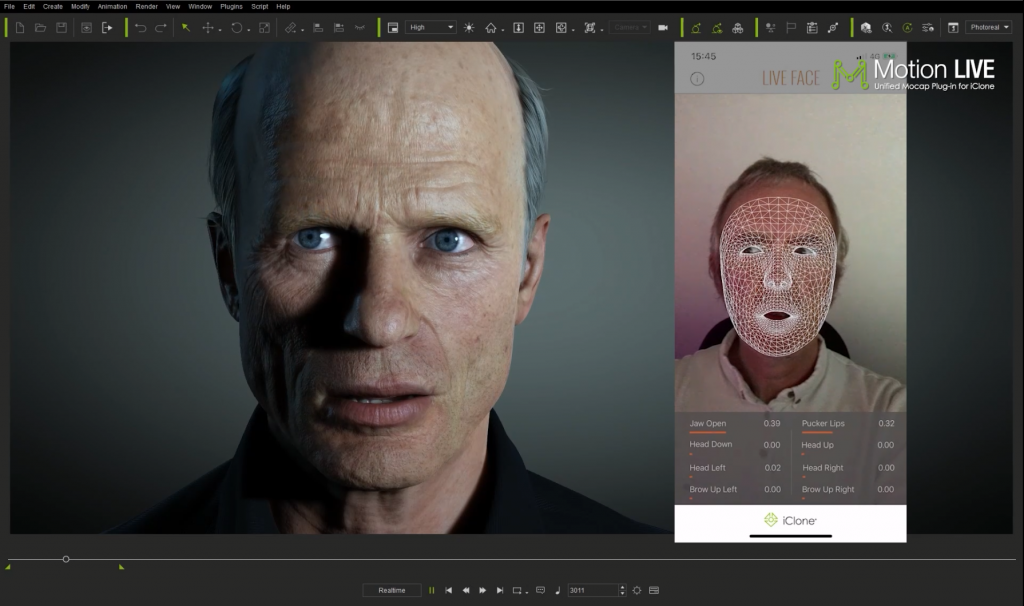
You can use the Unreal Engine Live Link to send the character to Unreal Engine seamlessly building all of the shaders, parameters and the skeleton setup. Additionally, the animation, cameras and lights are all synchronised in real-time. The one-to-one translation from Ed Harris in Character Creator to Unreal Engine is pretty mind-blowing!
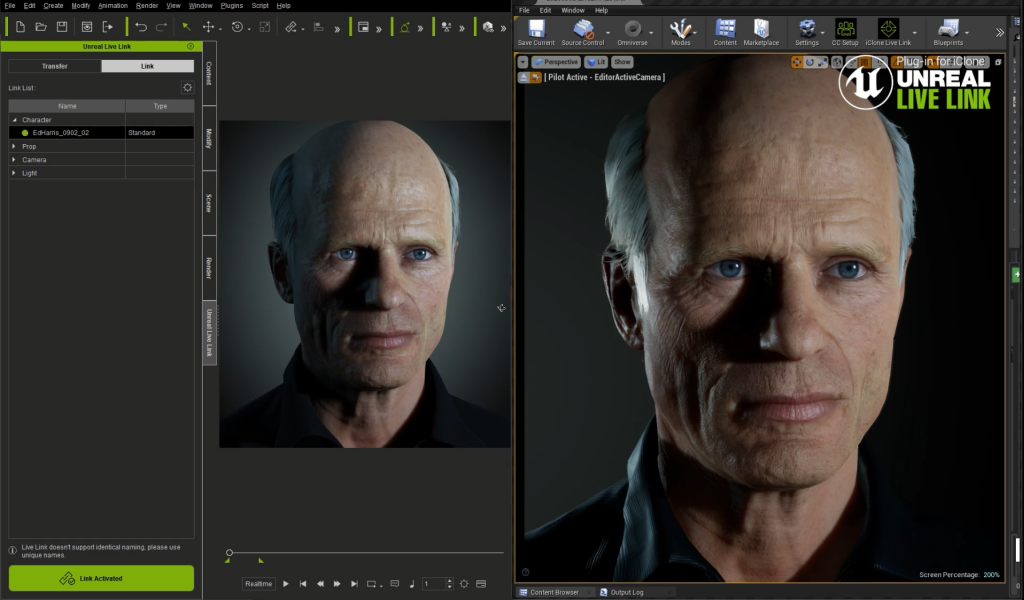
See my full tutorial article in the Reallusion Magazine.
Download a free trial of Character Creator 3, and iClone 7.

















